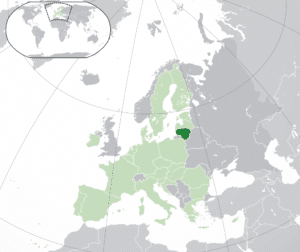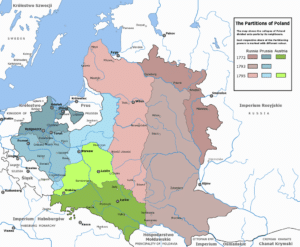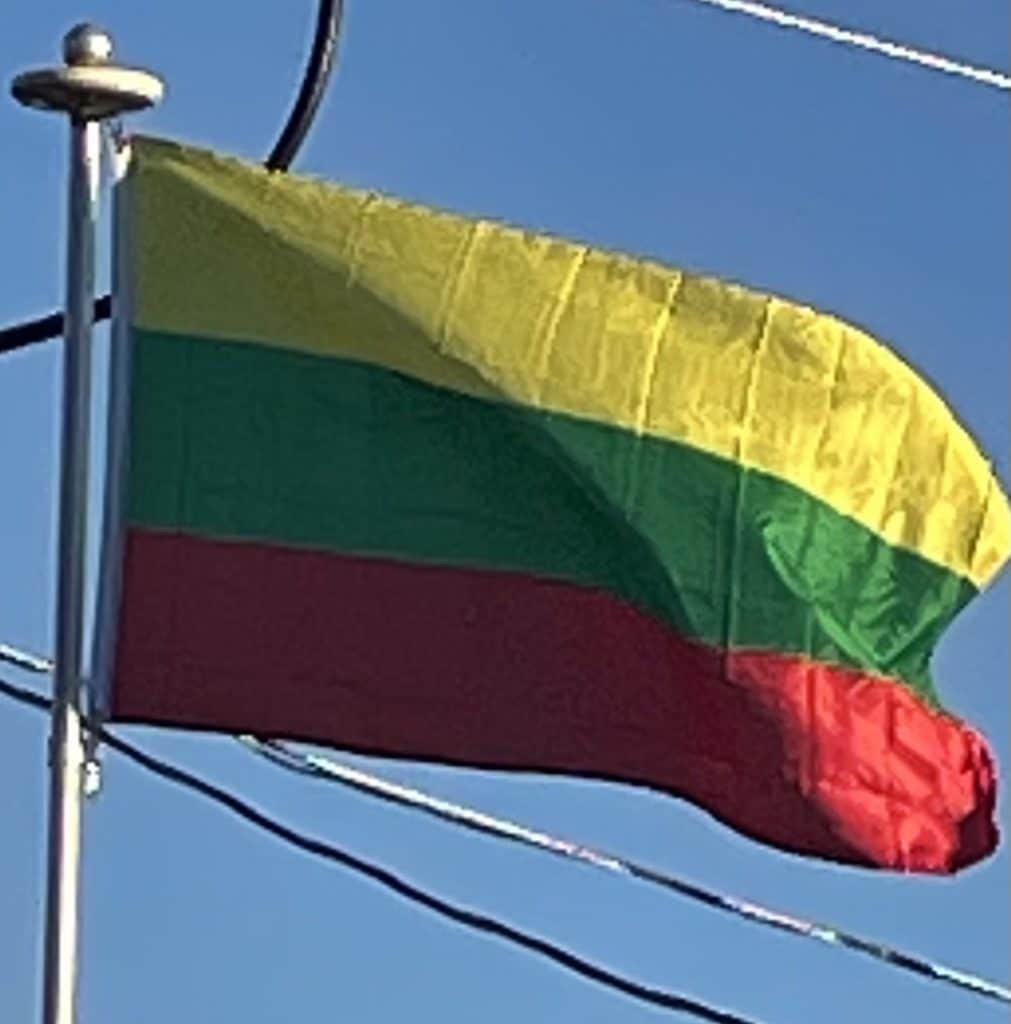Introduction:
Lithuania, officially the Republic of Lithuania, is a country in the Baltic region of Europe. Lithuania is one of the Baltic states. Situated on the eastern shore of the Baltic Sea, to the southeast of Sweden and Denmark, Lithuania is bordered by Latvia to the north, Belarus to the east and south, Poland to the south, and Kaliningrad Oblast (a Russian exclave) to the southwest. Lithuania has an estimated population of 2.8 million people as of 2019. The capital and largest city is Vilnius and other major cities are Kaunas and Klaipėda. Lithuanians are Balts. The official language, Lithuanian, is one of only two living languages in the Baltic branch of the Indo-European language family, the other being Latvian.

For centuries, the southeastern shores of the Baltic Sea were inhabited by various Baltic tribes. In the 1230s, the Lithuanian lands were united by Mindaugas and the Kingdom of Lithuania was created on 6 July 1253. During the 14th century, the Grand Duchy of Lithuania was the largest country in Europe; present-day Lithuania, Belarus, Ukraine, and parts of Poland and Russia were the territories of the Grand Duchy. With the Lublin Union of 1569, Lithuania and Poland formed a voluntary two-state personal union, the Polish–Lithuanian Commonwealth. The Commonwealth lasted more than two centuries, until neighboring countries systematically dismantled it from 1772 to 1795, with the Russian Empire annexing most of Lithuania’s territory.

As World War I neared its end, Lithuania’s Act of Independence was signed on 16 February 1918, declaring the founding of the modern Republic of Lithuania. During the Second World War, Lithuania was first occupied by the Soviet Union and then by Nazi Germany. As World War II neared its end and the Germans retreated, the Soviet Union reoccupied Lithuania. On 11 March 1990, a year before the formal dissolution of the Soviet Union, Lithuania became the first Baltic state to proclaim its independence, resulting in the restoration of the independent State of Lithuania.
Lithuania is a developed country with an advanced, high-income economy, a very high Human Development Index, a very high standard of living and performs favorably in measurements of civil liberties, press freedom, internet freedom, democratic governance and peacefulness. Lithuania is a member of the European Union, the Council of Europe, eurozone, Schengen Agreement, NATO and OECD. It is also a member of the Nordic Investment Bank, part of Nordic-Baltic cooperation of Northern European countries, and is classified as a Northern European country by the United Nations.
History:
Early History:
The first people settled in the territory of Lithuania after the last glacial period in the 10th millennium BC: Kunda, Neman and Narva cultures. They were traveling hunters and did not form stable settlements. In the 8th millennium BC, the climate became much warmer, and forests developed. The inhabitants of what is now Lithuania then travelled less and engaged in local hunting, gathering and fresh-water fishing. Agriculture did not emerge until the 3rd millennium BC due to a harsh climate and terrain and a lack of suitable tools to cultivate the land. Crafts and trade also started to form at this time. Over a millennium, the Indo-Europeans, who arrived in the 3rd – 2nd millennium BC, mixed with the local population and formed various Baltic tribes.
